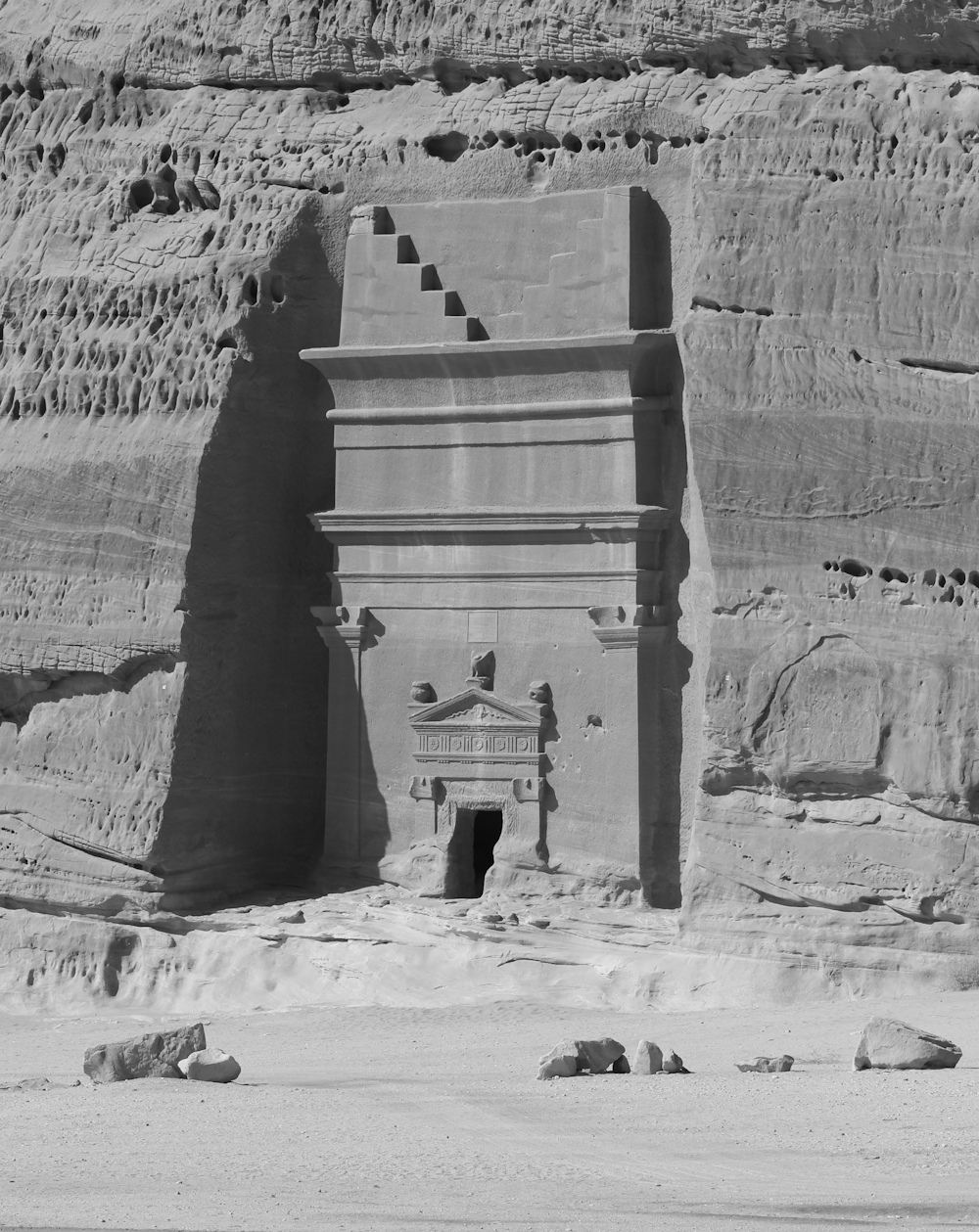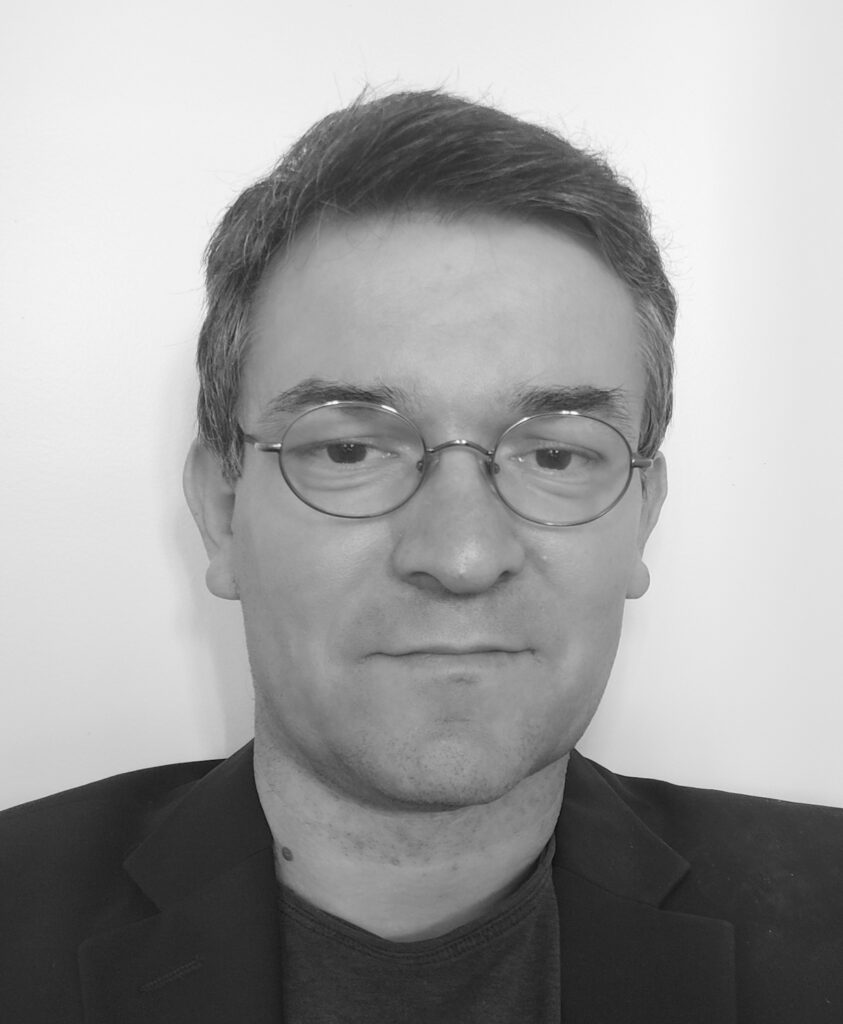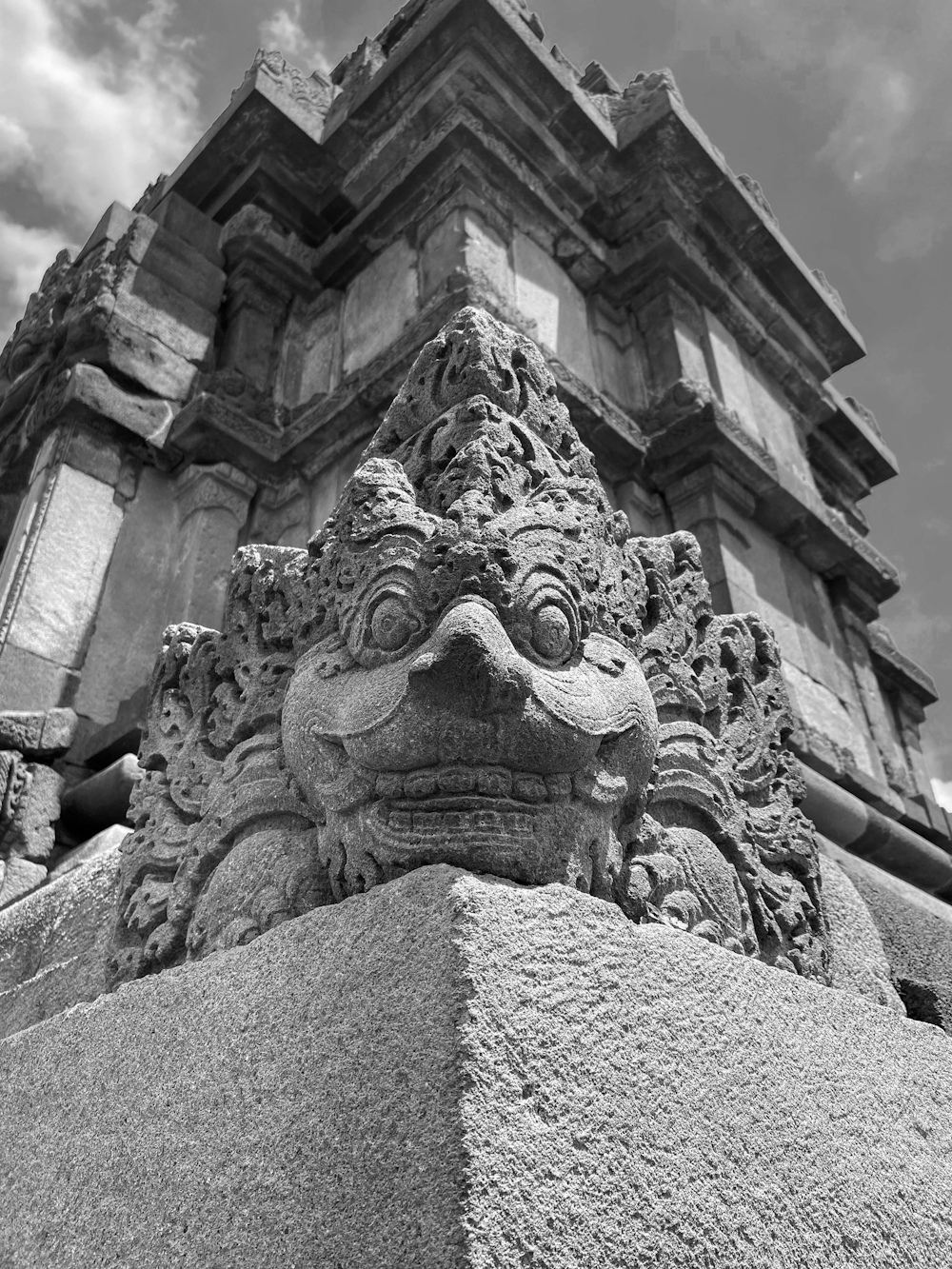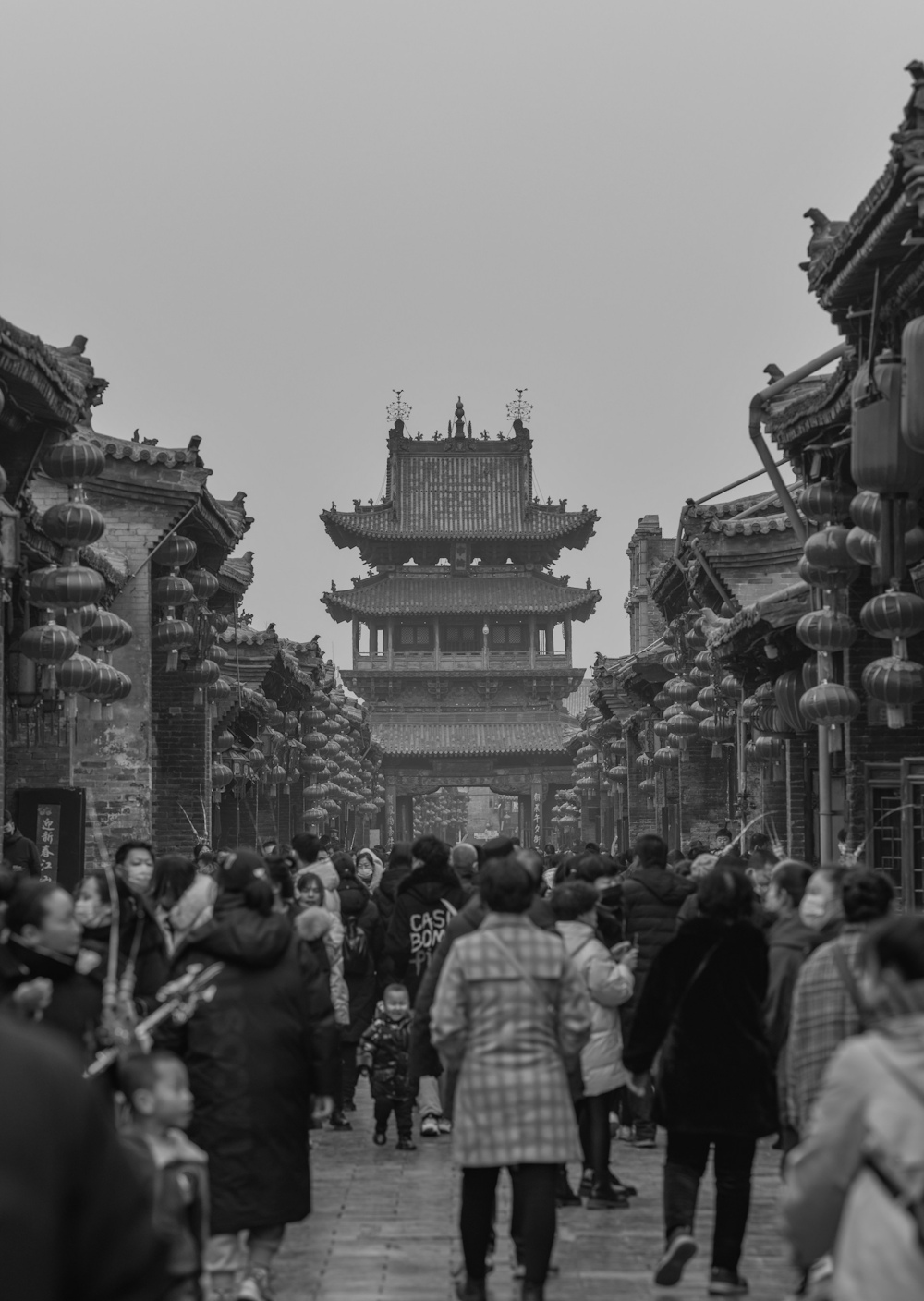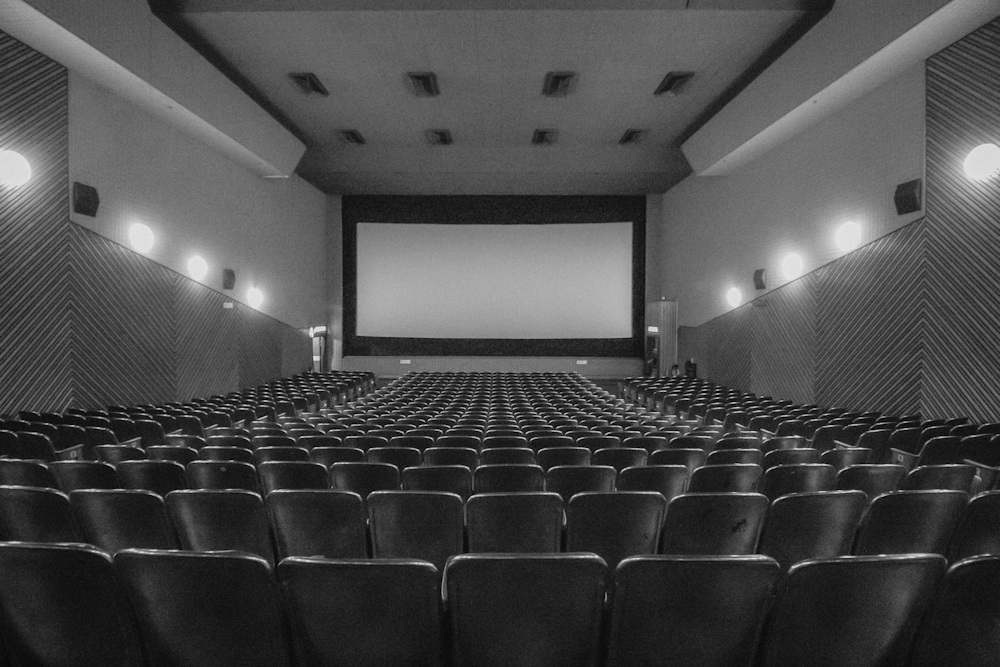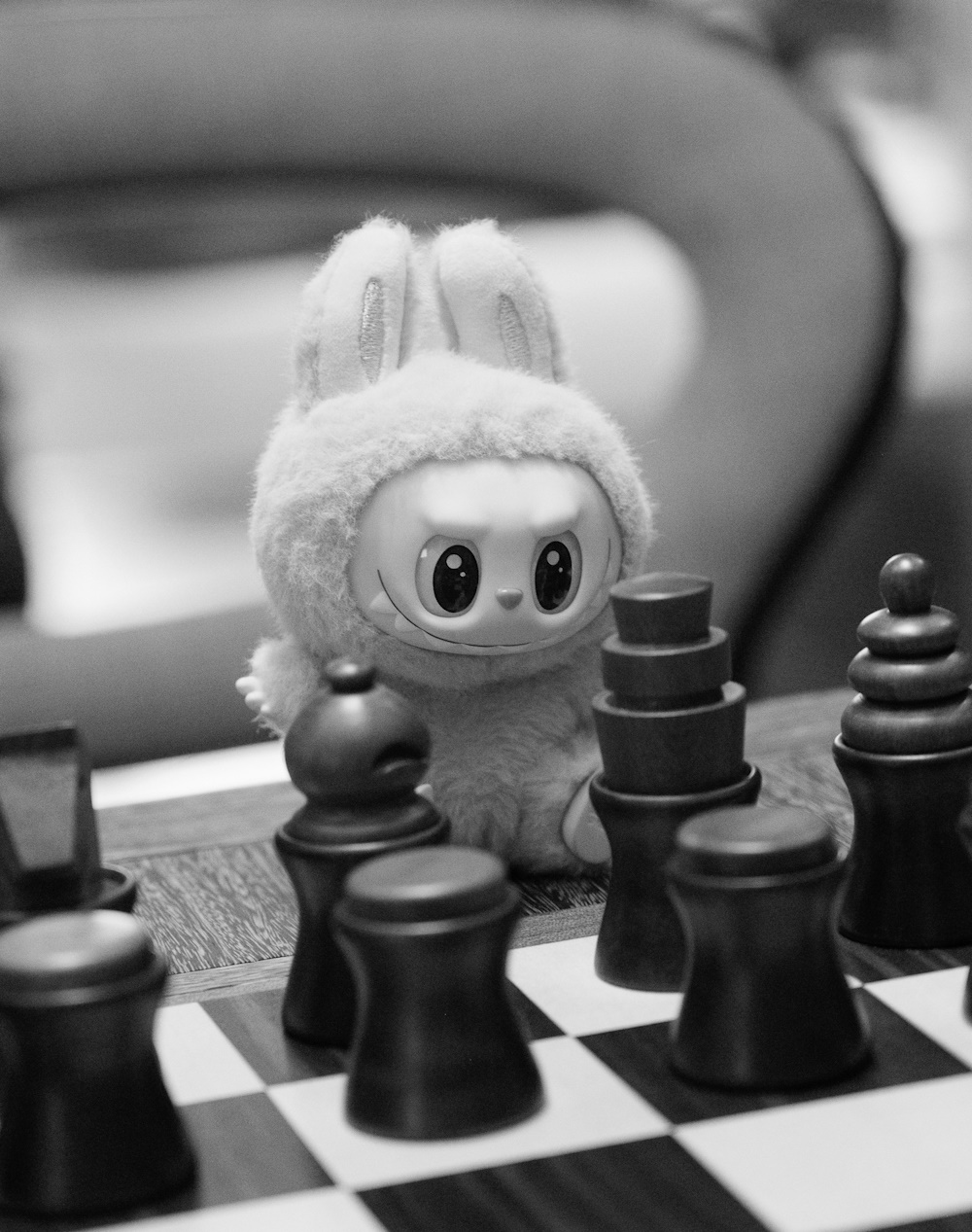by Sebastien GOULARD
On September 29 and 30, 2025, the Cultural Investment Conference was held in Riyadh, Saudi Arabia, bringing together over 100 speakers and 1,500 participants. This first edition confirmed Saudi Arabia’s new artistic and cultural ambitions.
From Petro-Monarchy to Global Power
Under the leadership of Crown Prince Mohammed bin Salman, Saudi Arabia is undergoing a rapid transformation driven by its Vision 2030 strategy. This initiative aims to modernize and diversify the Kingdom’s economy while enhancing the quality of life for its citizens. It is also reflected in an ambitious infrastructure policy, with the creation of new cities such as NEOM and Sindalah.
In the realm of international relations, Saudi Arabia is asserting new ambitions. The Kingdom plays a major role in resolving crises in the Middle East, as shown by its recent joint initiative with France for Palestine. Riyadh has become a key diplomatic hub in the region. Furthermore, the country is successfully maintaining a strategic balance between the United States and China, reinforcing its status as a global power.
Saudi Arabia is opening up. While tourism was once limited primarily to religious pilgrimages such as the Hajj to Mecca, the Kingdom now aims to attract a new category of visitors. It is developing premium destinations, hosting major international sporting and cultural events, and highlighting heritage sites such as AlUla.
The Arts: A Key Pillar of Saudi Arabia’s Economic Diversification
Saudi Arabia is investing heavily in its heritage as a means of development and economic diversification. Culture is a central element of this strategy. Several museums dedicated to showcasing Saudi Arabia’s heritage and traditions are set to open, including the Black Gold Museum in Riyadh and the Incense Route Museum in AlUla.
The 2017 acquisition of Leonardo da Vinci’s masterpiece Salvator Mundi for $450.3 million by the Crown Prince marked a turning point, symbolizing the Kingdom’s new cultural ambitions. Since then, Saudi Arabia has built legitimacy in the cultural field and is now attracting major international players, as evidenced by the success of the Cultural Investment Conference. The country aims to position itself as a crossroads of civilizations, exemplified by the future Museum of World Cultures currently under construction in Riyadh.
The Cultural Investment Conference and Its Initial Outcomes
During the conference, several artistic initiatives were announced. Saudi Minister of Culture Prince Badr bin Abdullah bin Farhan revealed that a new University of the Arts will open in Riyadh in 2026. By 2040, the institution is expected to train up to 30,000 students in music, theater, and cinema.
Saudi Arabia’s cultural ambitions are intended not only to diversify its economy by developing new sectors but also to create new opportunities for its youth — nearly 70% of the national population is under the age of 35. One of the goals of the Riyadh University of the Arts is to redefine Arab cinema and thereby strengthen the Kingdom’s cultural soft power regionally and beyond.
The growth of Saudi Arabia’s cultural sector is drawing international attention. Many countries are seeking to enhance their artistic cooperation with Riyadh. France has responded positively to the Kingdom’s initiatives: the Franco-Saudi artist residency Villa Hegra in the AlUla desert was inaugurated in the presence of French Ministers for Foreign Affairs Jean-Noël Barrot and Culture Rachida Dati. The decision to create this residency was made at the highest level in 2018 during discussions between Crown Prince Mohammed bin Salman and President Emmanuel Macron. Villa Hegra will join the network of French artistic institutions abroad, alongside Villa Medici in Rome and Villa Kujoyama in Kyoto. For France, this initiative aims to strengthen its cultural presence in Saudi Arabia and build new bridges with local artists.
Private sector players have shown even greater interest in Saudi Arabia’s artistic and cultural ambitions. A total of 89 partnerships were announced during the conference, representing investments amounting to €1.135 billion. Several foreign investment funds expressed their intention to collaborate with Saudi cultural authorities to finance new projects, particularly in film, fashion, and museums.
On the Saudi side, the national film fund — which used the conference to announce its new name, “Riviera Content” — is developing partnerships with Hollywood studios to promote Saudi Arabia as a destination in internationally distributed blockbusters.
Technology and media giants such as Google also see in Saudi Arabia’s efforts to promote its heritage new opportunities to showcase AI-based cultural solutions.
Several galleries, including Colnaghi, plan to expand their operations in the Kingdom. Encouraged by the Saudi government, these companies view the evolving Saudi society as a promising market for cultural products and services, and they are eager to support the emerging generation of Saudi artists as they reach maturity.
The Saudi cultural market is experiencing major growth, and stakeholders across the sector are hoping to be part of this momentum. Without a doubt, Saudi Arabia is poised to become a major cultural power in the years to come.
Sebastien GOULARD
Sebastien Goulard is a consultant at Cooperans, a consultancy specializing in international relations.
He is also the founder of Diplomarty.
Sebastien Goulard holds a doctorate in economic and social development from Ecole des Hautes Etudes en Sciences Sociales (School for Advanced Studies in the Social Sciences), Paris. He has been involved in several European research programs focusing on sustainable urbanization in China.
